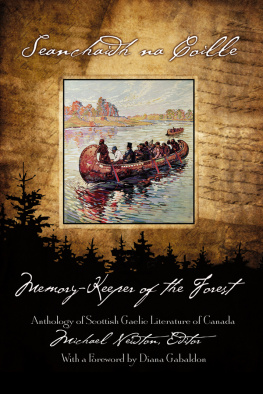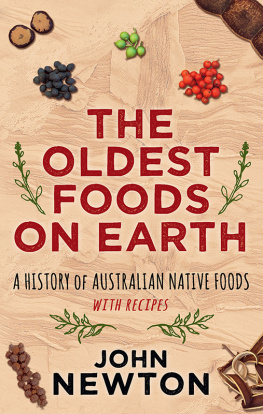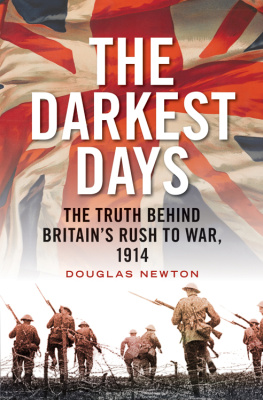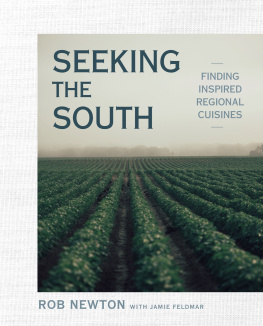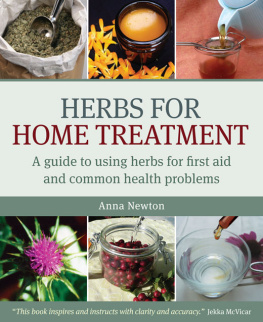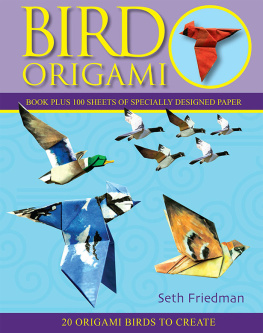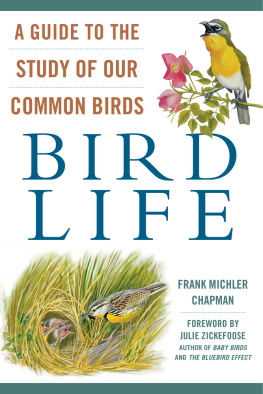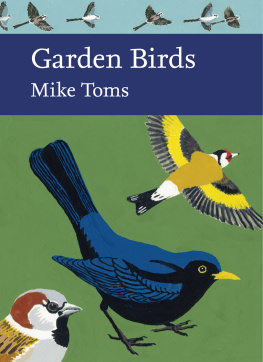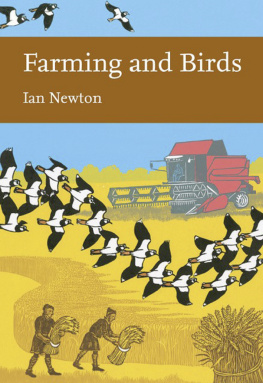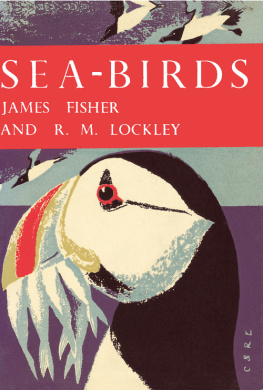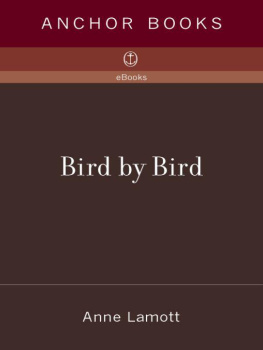Contents
EDITORS
SARAH A. CORBET, SCD
DAVID STREETER, MBE, FIBIOL
JIM FLEGG, OBE, FIHORT
PROF. JONATHAN SILVERTOWN
*
The aim of this series is to interest the general
reader in the wildlife of Britain by recapturing
the enquiring spirit of the old naturalists.
The editors believe that the natural pride of
the British public in the native flora and fauna,
to which must be added concern for their
conservation, is best fostered by maintaining
a high standard of accuracy combined with
clarity of exposition in presenting the results
of modern scientific research.
William Collins
An imprint of HarperCollinsPublishers
77-85 Fulham Palace Road,
Hammersmith, London W6 8JB
www.harpercollins.co.uk
First published in Great Britain by William Collins in 2013
Text Ian Newton 2013
Ian Newton asserts his moral right to be identified as the author of this work
Cover illustration by Robert Gillmor
Edited and designed by D & N Publishing Baydon, Wiltshire
All reasonable efforts have been made by the authors to trace the copyright owners of the material quoted in this book and of any images reproduced in this book. In the event that the authors or publishers are notified of any mistakes or omissions by copyright owners after publication of this book, the authors and the publisher will endeavour to rectify the position accordingly for any subsequent edition.
A catalogue record of this book is available from the British Library
All rights reserved under International and Pan-American Copyright Conventions. By payment of the required fees, you have been granted the non-exclusive, non-transferable right to access and read the text of this ebook on-screen. No part of this text may be reproduced, transmitted, down-loaded, decompiled, reverse engineered, or stored in or introduced into any information storage and retrieval system, in any form or by any means, whether electronic or mechanical, now known or hereinafter invented, without the express written permission of HarperCollins.
Source ISBNs 9780007429530 and 9780007527984
Ebook Edition August 2013 ISBN: 9780007527991
Version 1
F OR THIS, HIS THIRD NEW NATURALIST volume after Finches (NN55) in 1972 and Bird Migration (NN113) of 2010, Ian Newton has again elected to review a major component of the biology of birds in general rather than dealing, as has been the norm in this series, with all aspects of the life of a group of related species.
Bird populations are moderated from year to year by the balance (or indeed the imbalance) between recruitment during the breeding season and mortality, mostly but by no means exclusively during the winter months. Beneath this superficial simplicity lies the substance of this volume. In 20 chapters, Professor Newton explores and reveals the vast array of varied and often interacting factors that can influence bird populations. The first part of the text is devoted to the range of natural factors influencing bird numbers, from food and nest site availability to predators and parasites, and on the impact of interspecific competition. The section closes with three chapters on the often intriguing interactions between these various natural limiting factors.
Although the chapter entitled Weather relates to natural influences, in Climate Change a human impact becomes evident, and human influences are more obviously apparent in the remaining chapters devoted to hunting and to the often seemingly disastrous problems caused by pesticides and other pollutants. Sobering, even alarming, as this must appear to todays reader, in his closing chapter Reflections, Ian Newton emphasises that despite the modern problems caused by man and his rapidly developing technologies, most birds today are limited by natural factors, whereas a century ago many (perhaps most) bird species in Britain and Ireland were limited by human killing.
Professor Newtons credentials for addressing the comprehensive analysis entailed in this volume are impeccable. A Fellow of the Royal Society, his working career was spent in governmental research, starting with the old Nature Conservancy, which through a series of (taxonomic) changes became the Institute for Terrestrial Ecology at Monks Wood, sadly now no more. His international standing in avian ecology has been recognised by service as President of the British Ecological Society and of the British Ornithologists Union, by an Honorary Fellowship of the American Ornithologists Union and as Chairman of the Royal Society for the Protection of Birds and of the British Trust for Ornithology, and to his appointment as OBE.
We are fortunate in Britain and Ireland, as Ian Newton notes, that modern ornithology benefits from a range of comprehensive censuses and surveys that draw on the wealth of records available from skilled amateur ornithologist volunteers. These offer to ornithological researchers interested in understanding the mechanisms and implications of population changes opportunities not available to zoologists in other disciplines. The New Naturalist is doubly fortunate that Ian Newton is admirably placed to review, as an active and life-long participant in many of them, the results of these researches and to distil them thoroughly and lucidly to an appreciative readership. This volume is a noteworthy and most welcome addition to The New Naturalist Library.
T HIS BOOK IS ABOUT BIRD NUMBERS, and about why these numbers vary in the way they do, from year to year or from place to place. It is therefore concerned with the various factors that limit bird numbers: with the role of food supplies and other resources, of competitors, predators, parasites and pathogens, and of various human impacts.
Earlier naturalists, with less information at their disposal, formed the impression that, despite annual fluctuations, bird numbers remained more or less stable through time. Species that were common remained common, while species that were rare remained rare. In his influential book on The Natural Regulation of Animal Numbers, published in 1954, David Lack the then doyen of British ornithology put it this way:
The impression of the naturalist is that, in areas where conditions have not changed, the number of breeding birds is nearly the same each year. Moreover, of the species which are familiar to us in England today, most were familiar to our Victorian great-grandparents and many to our medieval ancestors; and the known changes in numbers are largely attributable to man.
These statements, strictly interpreted, would hold true today, but in the years since they were written, unprecedented changes have occurred in the landscapes of the British Isles and in the seas around our coasts. The combination of a rapidly expanding human population, a predominantly utilitarian attitude to land, central government policy on land use, and increasing mechanisation have combined to promote more massive changes in land use and hence in bird habitats in recent decades than at any comparable period previously. The intensification of agriculture and the introduction of pesticides brought huge changes to farmland; a new national forestry policy saw extensive conifer plantations spring up over previously open upland; widespread drainage schemes destroyed much marshland and meadowland; so-called reclamation work brought former coastal marsh and mudflat under the plough; and the construction of reservoirs and digging of gravel-pits provided more open waters than existed formerly. At the same time, in the seas around our coasts a more intensive fishing industry developed, increasing amounts of fish waste were thrown overboard, and gradually fish stocks became depleted. These developments have in turn brought huge changes in bird populations, as some species dependent on the old landscapes declined, and others benefiting from the changes increased. Over the same period, changing public attitudes to wildlife, protective legislation and a growing network of nature reserves allowed previously scarce bird species to recover from past onslaughts, while climate warming has promoted further changes.


